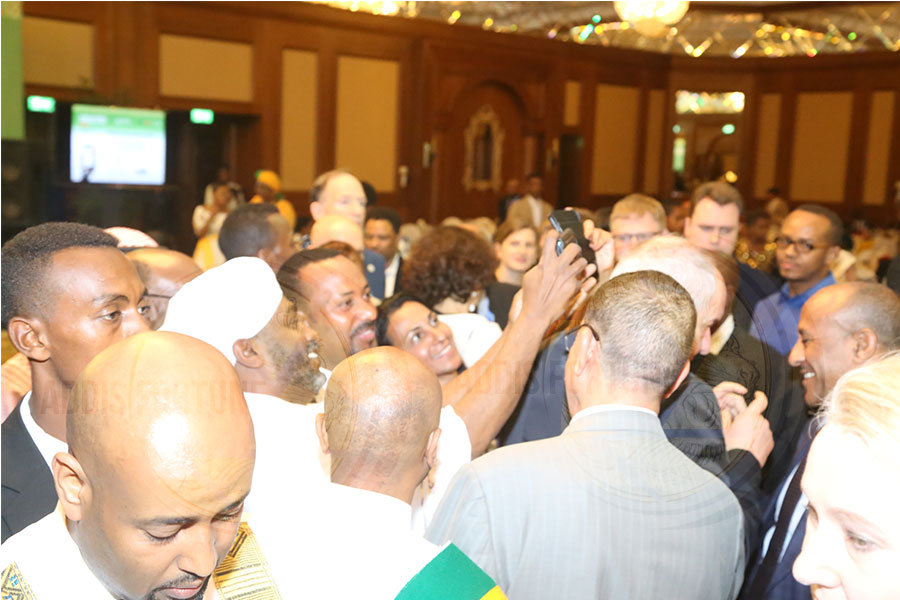
Photo Gallery | 180580 Views | May 06,2019
Oct 18 , 2025.
The political establishment, notably the ruling party and its top brass, has become preoccupied with shaping a “narrative”, a curated story of national progress and cohesion. This narrative, repeated in speeches, official meetings, and state events, frames Ethiopia as a country on an inexorable path toward growth and stability. The implicit objective is to outshine the “pessimistic” stories circulated by critics and segments of the population.
However, beneath this carefully managed image lies a more nuanced and unsettling socioeconomic reality, one that is increasingly at odds with the official narrative. The gap between rhetoric and lived experience is growing, exposing systemic challenges in public finance, social protection, and the distribution of economic gains.
Away from podiums and polished slogans, a different story unfolds. Across towns and villages, local officials demand that residents chip in for public events, roads, school supplies and hospital roofs, things taxes are meant to pay for. The practice reveals more than bare cupboards in public accounts. It shows a fraying bond between state duty and popular trust.
Many families can barely meet everyday bills. Now they are pressed for health-insurance premiums. Wage earners are paying twice when they pay through formal taxes and again through “contributions”. The line between charity and compulsion, as well as civic virtue and unspoken coercion, has been blurred.
Public participation is healthy when it complements, not substitutes, the state’s fiscal duty. A strained treasury may need new revenue channels, but it cannot silently offload responsibilities onto citizens already taxed to the hilt. Credible reform starts with better tax collection, transparent spending and proof that public contributions loop back to the public good.
Officials often speak of city corridor beautification schemes as proof that public works continue. New asphalt gleams, streetlights flicker to life and saplings soften the kerbs. Macro tables, too, seem to offer comfort, with real GDP brisking, the deflator easing, and reserves edging higher. But the lived economy tells another tale, of pay packets shrinking in real terms, groceries bought in smaller portions and the Birr’s weakness taxing every imported necessity. Productivity gains are too thin to offset these pains.
Some gains carry hidden costs. Residents displaced by road widening often receive scant compensation, while older tenants struggle to restart their lives. Low-income renters pushed to the urban fringe find no skills training or income alternatives. The city’s prettification is its personal ruin.
The World Bank’s latest “Poverty & Equity Brief” settles the contradiction between glossy GDP and threadbare households. At the international poverty line of three dollars a day (in 2017 purchasing-power parity), Ethiopia’s headcount rate rose from roughly one-third to nearly two-fifths by 2021, lifting the number of poor to about 47.2 million. The Bank reckoned the share would peak around 43pc in 2025. Inflation has hit urban folk hardest, while most rural families gained little from the higher food prices because they sell little to the market.
How can output rise while poverty deepens?
Start with runaway prices. Consumer inflation averaged above 30pc in the two years beginning in 2021, only now retreating, and even then from punishing heights. Nominal wage bumps vanished inside that price spiral. Visible infrastructure thus becomes a mirage when measured against the daily basket of teff and cooking oil. Two forces intensify the squeeze.
Ethiopia imports fuel, fertiliser, medicines and capital goods; a weaker Birr therefore feeds swiftly into living costs. Import growth has re-accelerated, and the import-price index, though no longer climbing, has not fallen enough. Exchange-rate reforms, tariff cuts, and the removal of public subsidies on fuel and electricity may be wise for efficiency, but in the short run, they act like a tax on urban consumers and net food buyers.
The growth model successive governments have followed for almost three decades remains skewed. Public investment in non-tradable construction and services lifts measured GDP yet produces few dollars and little productivity. Exports of goods and services still sputter, volumes wobble and terms of trade swing. Without a stronger tradable base, the currency stays frail, prices rise and households are poorer in real terms despite a swelling national income.
The World Bank’s snapshots of deprivation show why inflation bites so hard.
Rural Ethiopia, home to three-quarters of citizens, suffers crippling deficits. Close to 86pc of adults lacked primary education in 2021, nearly half of households reported a stunted child, and access to electricity or sanitation is three to four times higher for the top income quintile than the bottom. Asset ownership among the poorest is vanishingly small. Such gaps lock families into low-return activities and strip them of buffers against shocks. Inflation thus becomes not merely a monetary ailment but a development trap.
Five factors can explain the paradox of expanding GDP and rising poverty.
Poverty tracks real consumption, with soaring prices more than erasing nominal gains. A weaker Birr raised costs across the consumption basket and production chain. State-led, construction-heavy growth generates less income for the poor than export-oriented manufacturing or high-value farming would. Successive shocks, such as COVID-19, the civil war that followed and severe droughts, destroyed assets and livelihoods faster than GDP could rebound. Finally, chronic under-investment in human capital keeps returns to labour low. Without electricity, clean water or schooling, each point of growth buys scant poverty reduction.
Nonetheless, the GDP deflator and the consumer price index are edging toward single digits, while reserves cover several months of imports, and fiscal deficits have narrowed a little as public-debt ratios are bending downward. The Gini coefficient of around 31 is not high by African standards. Yet, these achievements will matter only if they lift median real consumption, and not simply the average. Households care less about kilowatts produced than about hours of electricity received, less about kilometres of tarmac than about the fare to market.
What should policymakers do?
They can start by publishing monthly data on median real consumption per adult and the cost of a basic food-and-utilities basket in major cities. World Bank's projections of declining poverty should be tested against these ground-truth indicators, not merely against aggregate inflation. Easing the cost of living means raising the domestic supply of wage goods and stabilising the currency. That requires a laser focus on farm productivity, light manufacturing linked to export markets and foreign-exchange-earning services.
Exchange-rate reform should be paired with cushioning tools, including, but not limited to, targeted cash transfers, school meals, and subsidised transport for staples, so that liberalisation survives political pressures long enough to deliver benefits. Liberalising land and labour markets, with safeguards, would let workers move to better jobs and collateralise assets. The poor need more ways to earn, not merely more ribbon-cuttings.
The federal capital spending is climbing towards five percent of GDP, whereas combined outlays on education, health, agriculture, and natural resources remain near four percent and rise only slowly. Social investments are not yet scaled or sharpened enough to move the productivity dial. Unless these shares shift, each new road will yield diminishing welfare dividends.
Tariff increases on electricity, the removal of fuel subsidies, and exchange-rate unification make economic sense. But the poor feel them as price jolts. To their credit, the authorities have expanded safety nets and raised public salaries, yet urban sentiment remains sour. Experience elsewhere shows that reformers should over-compensate early, deliver visible service improvements and chart a credible path to single-digit inflation, or risk backlash.
The brief from the World Bank reads like a mid-term report on Ethiopia’s bid to turn stabilisation into shared recovery. If poverty fails to fall as inflation cools, demands will grow for deeper changes, including sharper productivity reforms, open markets, and greater investment in human capital. Roads impress the eye, but the bill at the stall persuades the shopper. Ethiopia is not statistically poor. It is experientially poor, with too many households worse off in real terms than when the boom began two decades ago.
It can be frustrating to see officials claim such arguments are made against infrastructure or reform. It is an argument for sequencing and substance. Build what raises productivity; shield wallets meanwhile; and judge success by the price of teff, the hours of light at home, the child who is not stunted and the wage that holds its worth. Until these areas see meaningful change, the glitter on the avenues and the narratives the officialdom tries to impose will remain an expensive distraction from the tricky business of making lives better.
PUBLISHED ON
Oct 18,2025 [ VOL
26 , NO
1329]

Photo Gallery | 180580 Views | May 06,2019
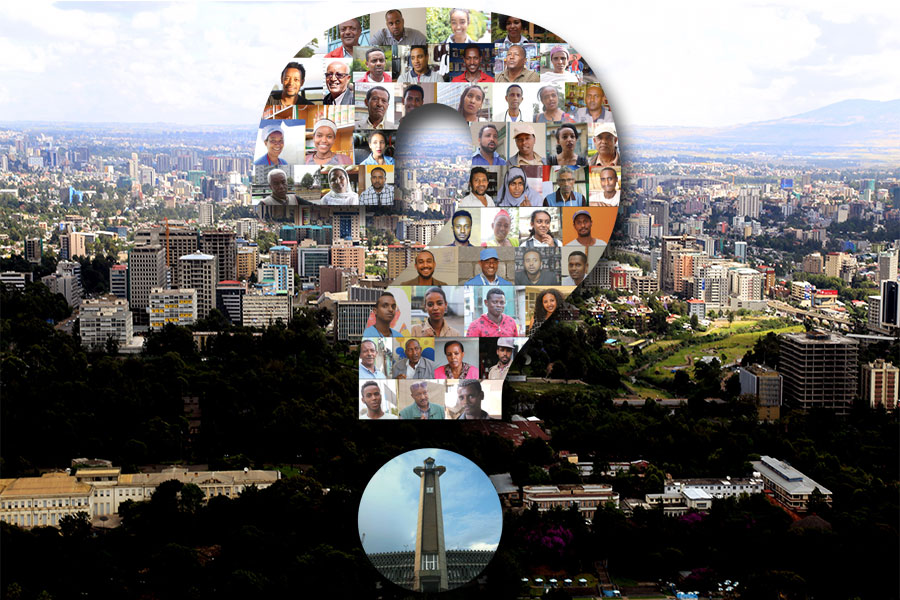
Photo Gallery | 170773 Views | Apr 26,2019

Photo Gallery | 161853 Views | Oct 06,2021
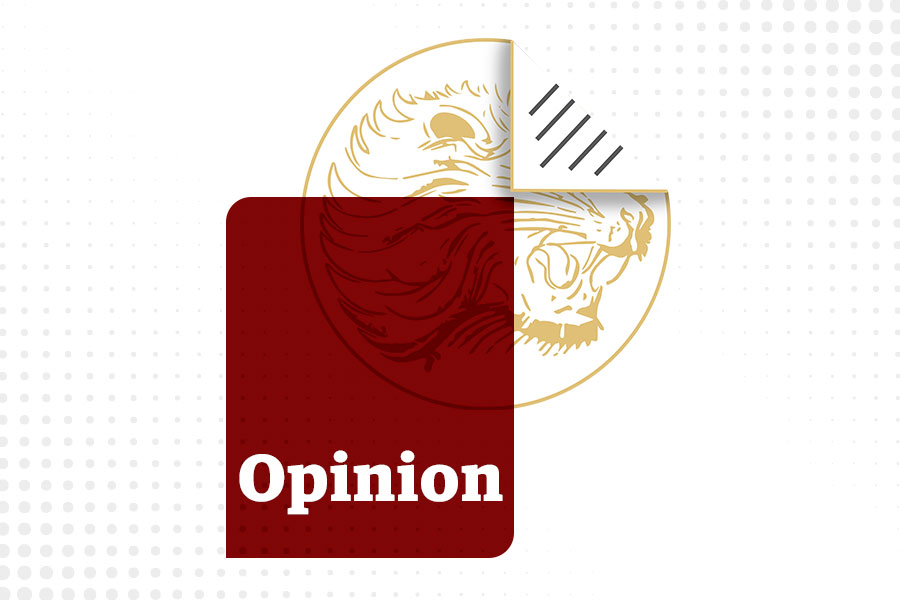
My Opinion | 137295 Views | Aug 14,2021
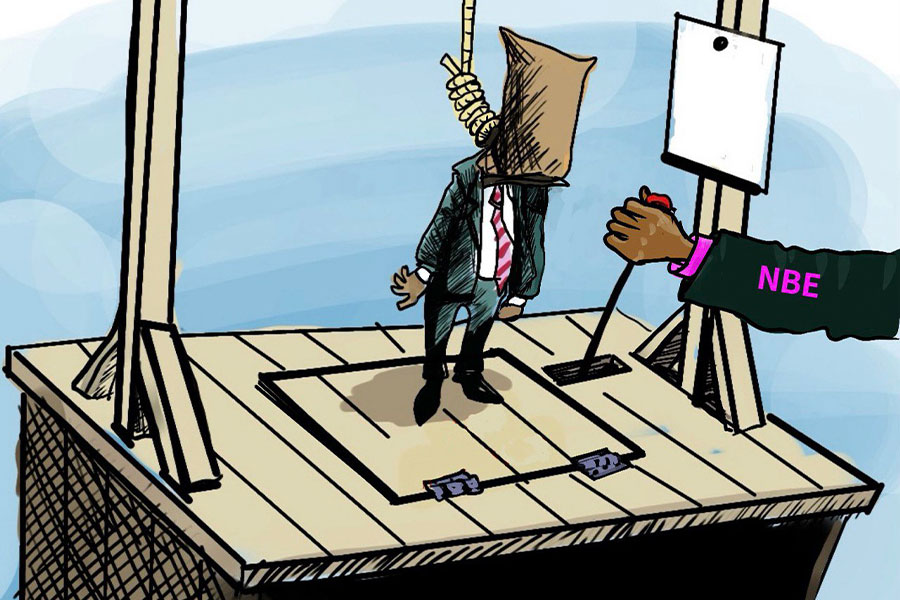
Nov 1 , 2025
The National Bank of Ethiopia (NBE) issued a statement two weeks ago that appeared to...
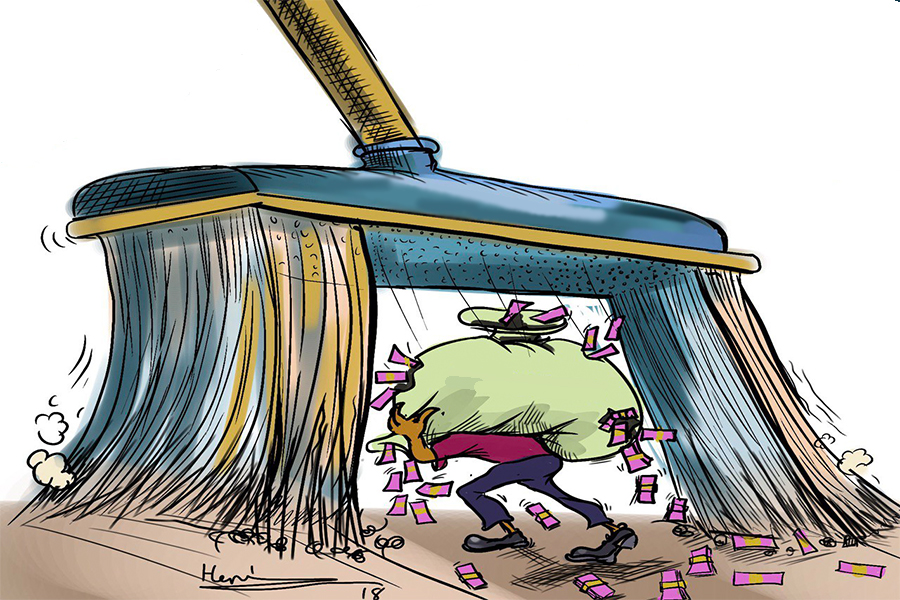
Oct 25 , 2025
The regulatory machinery is on overdrive. In only two years, no fewer than 35 new pro...
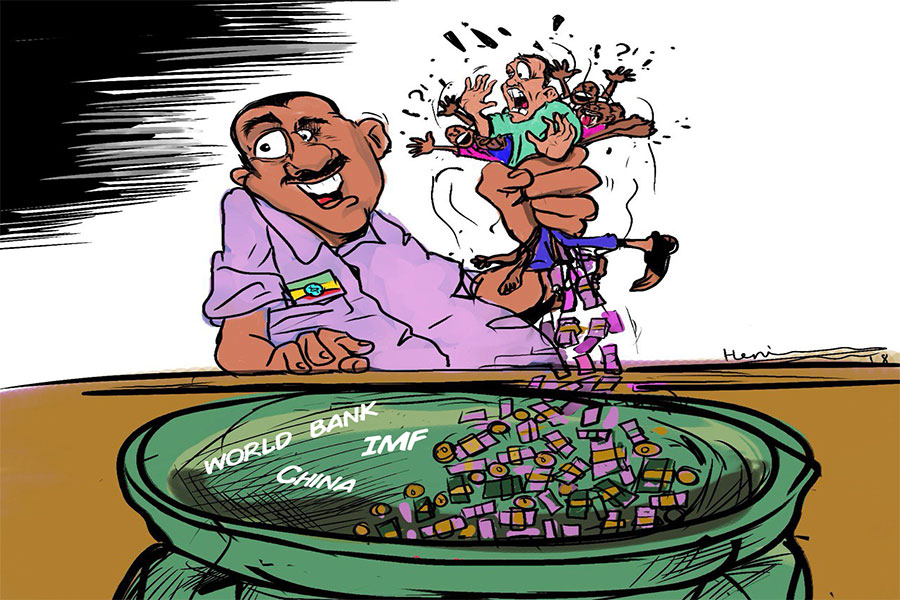
Oct 18 , 2025
The political establishment, notably the ruling party and its top brass, has become p...
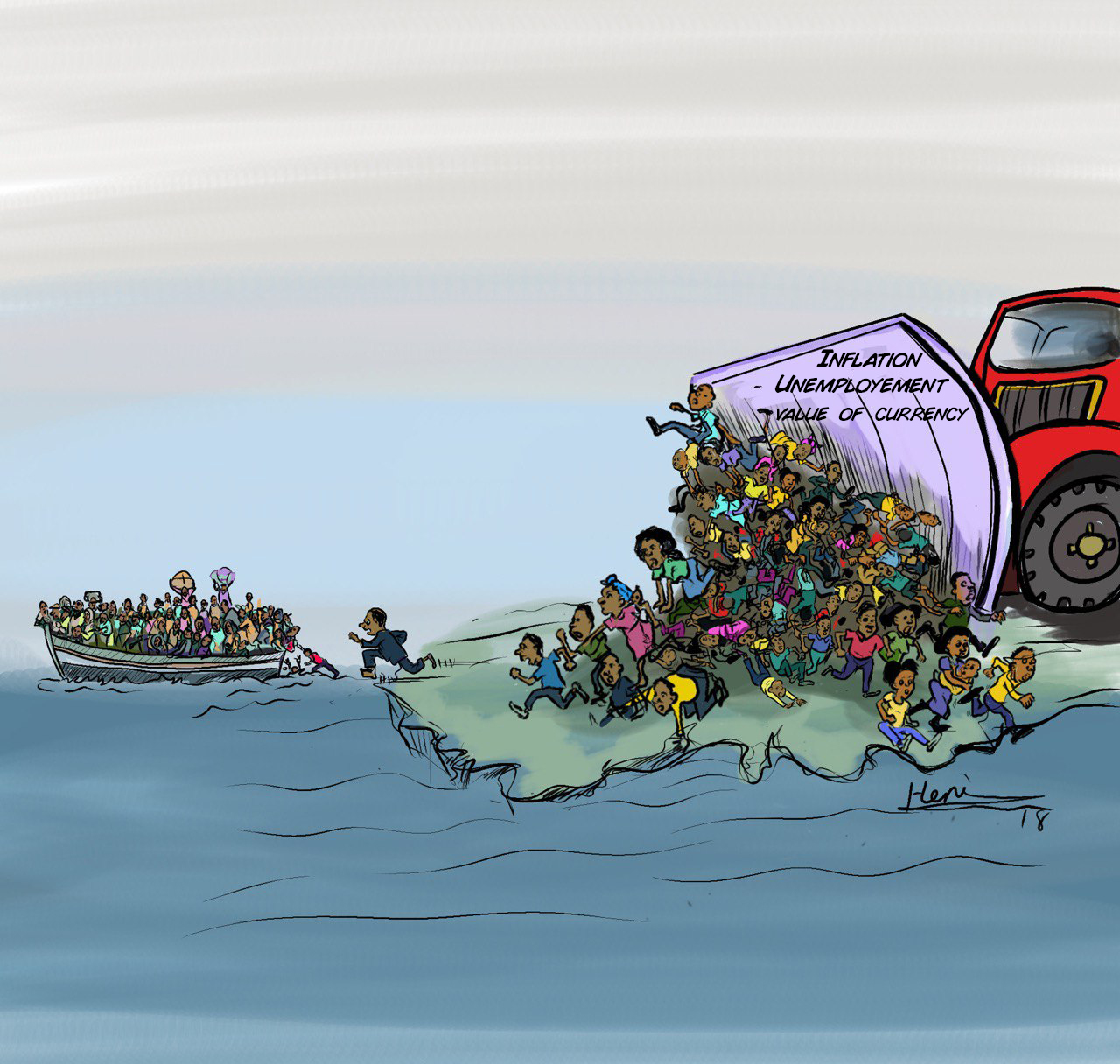
Oct 11 , 2025
Ladislas Farago, a roving Associated Press (AP) correspondent, arrived in Ethiopia in...